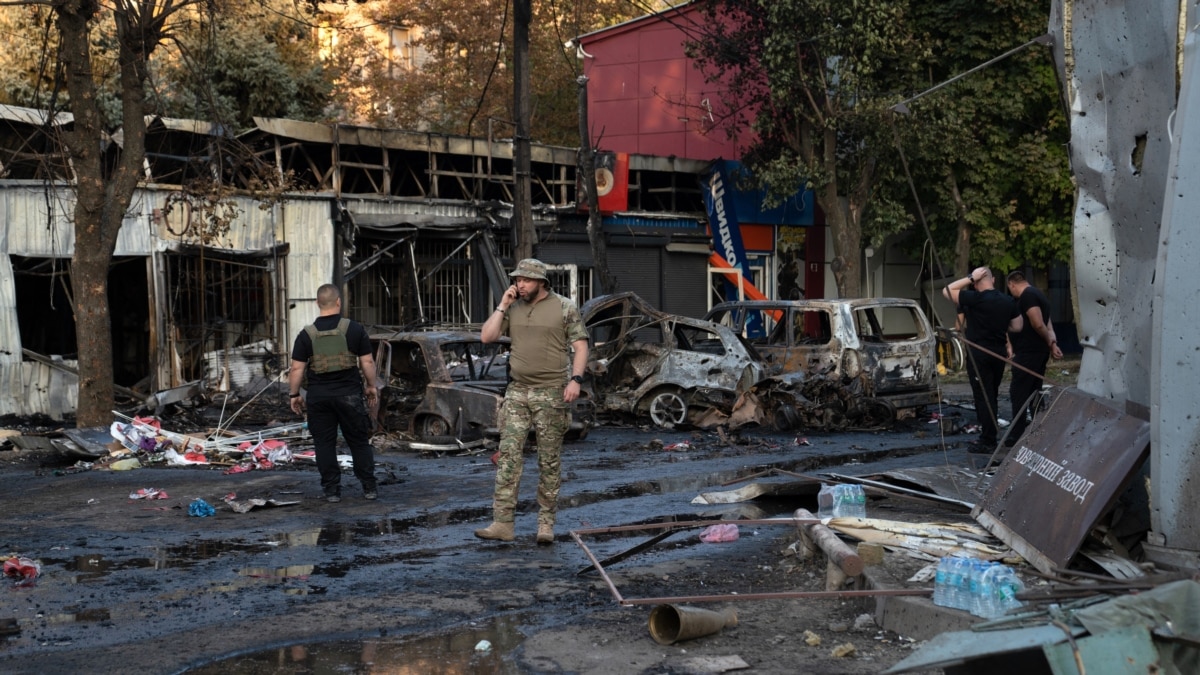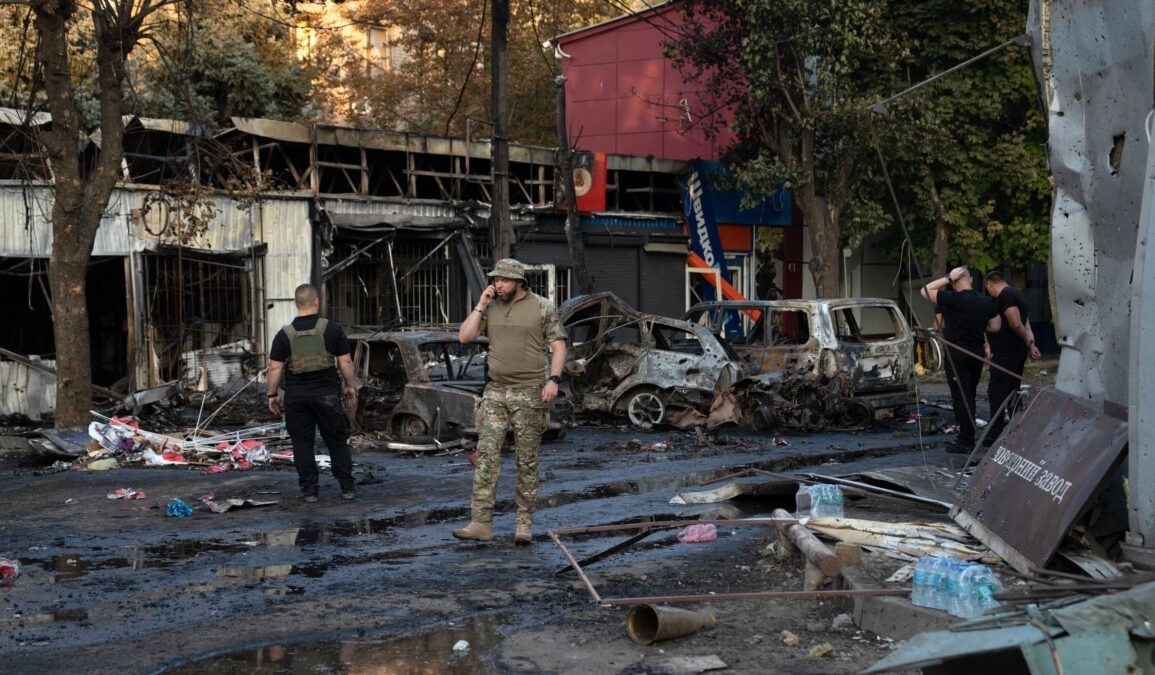
Five Americans who were swapped for $6 billion in unfrozen assets and five detained Iranians have arrived home in the United States, hailing “freedom” and the end of a “nightmare” after their plane landed outside Washington early on September 19.
They hugged relatives to cheers as they left the Gulfstream 5 jet following their predawn arrival at Fort Belvoir, Virginia.
The five U.S. nationals had first been flown to Doha, where some embraced the U.S. ambassador to Qatar and walked seemingly in high spirits to a building at the airport in anticipation of the flight to the United States.
“Today, five innocent Americans who were imprisoned in Iran are finally coming home,” U.S. President Joe Biden said in a statement as they made their way to the United States.
In New York, hard-line Iranian President Ebrahim Raisi called the deal to swap a total of 10 individuals along with the assets “a step in the direction of a humanitarian action between us and America” that could “definitely help in building trust.”
The agreement took months to clinch and has sparked criticism from some hawkish elements in the United States who think it extends a lifeline to an Iranian regime laboring under tough U.S. sanctions.
The five were expected to land in the United States as soon as late on September 18.
“I would not be free today, if it wasn’t for all of you who didn’t allow the world to forget me,” one of three of the U.S. citizens who have been identified, Siamak Namazi, said in a statement on his behalf.
After their U.S. arrival with Namazi the first off the plane, his brother Babak said, with his arms around Siamak and their father, Baquer, who was released separately from Iranian custody last October, “The nightmare is finally over.”
The freshly released prisoners posed for a group photo with family members saying, “Freedom!”
A Qatari plane had taken off from Tehran carrying the five with two of their relatives, news agencies reported, hours after a Iranian Foreign Ministry spokesman said the prisoner exchange would occur shortly.
Some $6 billion of Iranian assets once frozen in South Korea is now in Qatar, a key element for the prisoner exchange, added Nasser Kanaani in comments during a news conference aired on state television.
The exchange comes amid a major U.S. military buildup in the Persian Gulf.
According to the deal, the funds will be kept in accounts in Qatar, a U.S. ally on the Arabian Peninsula and home to a major U.S. military installation. Those funds would be allowed for so-called humanitarian spending, like on food and medicine, already allowed under the sanctions, Washington has said.
Iranian officials had identified five individuals in U.S. custody whom Tehran would like handed over as part the deal.
They include three Iranians — Mehrdad Ansari, Reza Sarhangpour Kafrani, and Kambiz Attar Kashani — charged with illegally obtaining advanced or potentially dual-use technology thought to be bound for Iran that has been under tightly reimposed U.S. sanctions since 2018.
Two others — Kaveh Lotfolah Afrasiabi and Amin Hasanzadeh — were jailed for failing to register as a foreign agent and stealing engineering plans on behalf of Iran, respectively.
“Out of the five Iranian citizens in America, two will return to Iran, two will stay in America at their own request, and one person will go to a third country at their request,” Kanaani said. He did not identify which prisoners would return to Iran and which would not.
The freed Americans include Namazi, who was detained in 2015 and was later sentenced to 10 years in prison on internationally criticized spying charges; Emad Sharghi, a venture capitalist sentenced to 10 years; and Morad Tahbaz, a British-American conservationist of Iranian descent who was arrested in 2018 and also received a 10-year sentence. The fourth and fifth prisoners were not identified.
Iran has been accused of taking foreign nationals hostage under the guise of breaking the law to use as bargaining chips. Iranian security forces have taken some 40 foreign nationals into custody during a current wave of unrest, often without revealing any charges.
Iran has been isolated and hit with tightened economic and diplomatic sanctions since then-President Donald Trump unilaterally withdrew in 2018 from a three-year-old deal between world powers and Iran to curb Tehran’s nuclear program in exchange for relief from previous measures aimed at stopping the country from developing its atomic capabilities.
Aside from the diplomatic and economic fallout, observers since then have attributed a series of ship seizures and attacks in the crucial Strait of Hormuz region to Tehran.
Tehran has also cooperated with Russia in the Middle East in addition to supplying Moscow with crucial attack drones to further the Kremlin’s war plans in Ukraine.
With reporting by AP
This post was originally published on this site be sure to check out more of their content.









